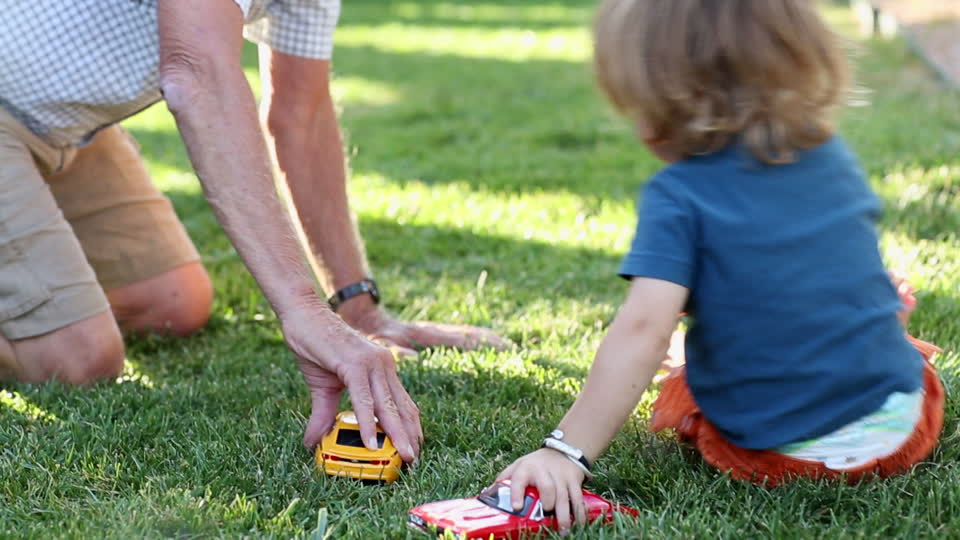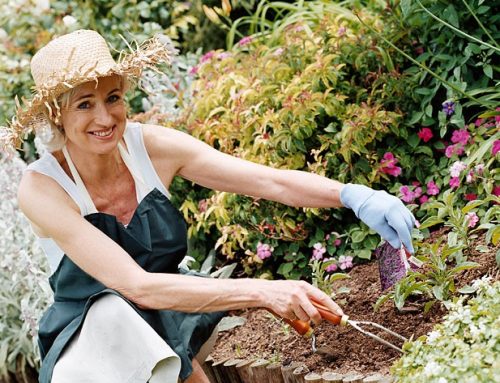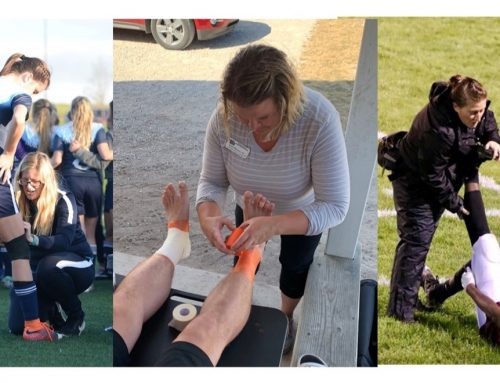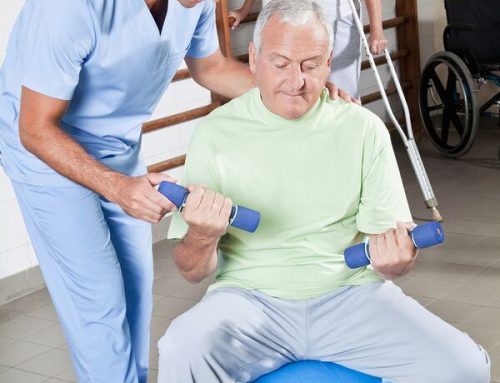I recently listened to Tim Ferris’ podcast which had Peter Attia, MD, on as a guest. Dr. Attia spoke about what he hopes to be able to do in his 90s from the perspective of a physician about to enter his 50s. To answer this, Dr. Attia envisioned what his life would be like around the age of 90. His children would likely be in their 60s, his grandchildren in the their 30s, and his great grandchildren would likely be toddlers.
He felt that being able to enjoy time with the youngest generation would be a top goal of his. He challenged himself to think of what that might require of him. He came up with two main things. He wanted to be able to play with them on the floor and be able to pick them up if they ran over to greet him.
In order to play on the floor, he would need to be able to lower himself down and get up again on his own. To ensure that he could pick them up, Dr. Attia figured he would need to be able to perform a full squat and then stand again with about 30-40 pounds at chest level.
He continued to discuss what kind of exercises he could be working on over the next several decades to make those desires a reality. Here are few he came up with:
- The Turkish Get-up– This movement consists of starting flat on your back with some type of weight in an outstretched arm above your chest. The challenge is to simply stand up while keeping the weight pointed towards the ceiling. Pretend that the weight is a cup of hot coffee that you don’t want to spill.
- The Goblet Squat– While holding a weight close to your chest, squat down to full depth with your hips passing below knee height, then stand back up again. You could use a kettlebell, dumbbell, or even a big rock found in your yard. Dr. Attia figured that a toddler weighs around 35-40 pounds, so he made that his goal weight for when he was 90. He decided that if he could perform a goblet squat at 90 pounds in his 50s, at 70 pounds in his 60s, at 60 pounds in his 70s, and at 50 pounds in his 80s, he should be ready to go for those little ones in his 90s.
If you’re interested in a more detailed explanation of either of these exercises, give Google a search for examples and scaled variations.
As you can tell with the goblet squat, Dr. Attia had no illusion that his strength would not decline as he aged. In fact, he was planning on it, and rightfully so. It is a fact of life that overall muscle mass and strength decline decade to decade. Since it is a given that the decline will occur, its all about minimizing that decline. The same can be said about flexibility and balance. Those systems also degrade with time, but there is always the potential to slow the decline.
As I was writing this column, I came up with a personal goal related to Dr. Attia’s observations. I saw a sad little post on the internet awhile back which said “someday you’re going to pick up your children for the last time without even knowing it”. Doesn’t that hit you in the gut?!
With that in mind, I’m making it a personal goal to ensure that that day is as far in the distant future as possible. Sure, it might be awkward when I’m 87 and I give my daughter a little lift on her 57th birthday, but I’m going to cross that bridge when I come to it.
If you’re interested in setting some goals for your physical abilities either for now or for your future and want some advice on managing the decline, I’d encourage you to talk to your physical therapist. No one is more capable of keeping you strong and mobile across your lifespan.







